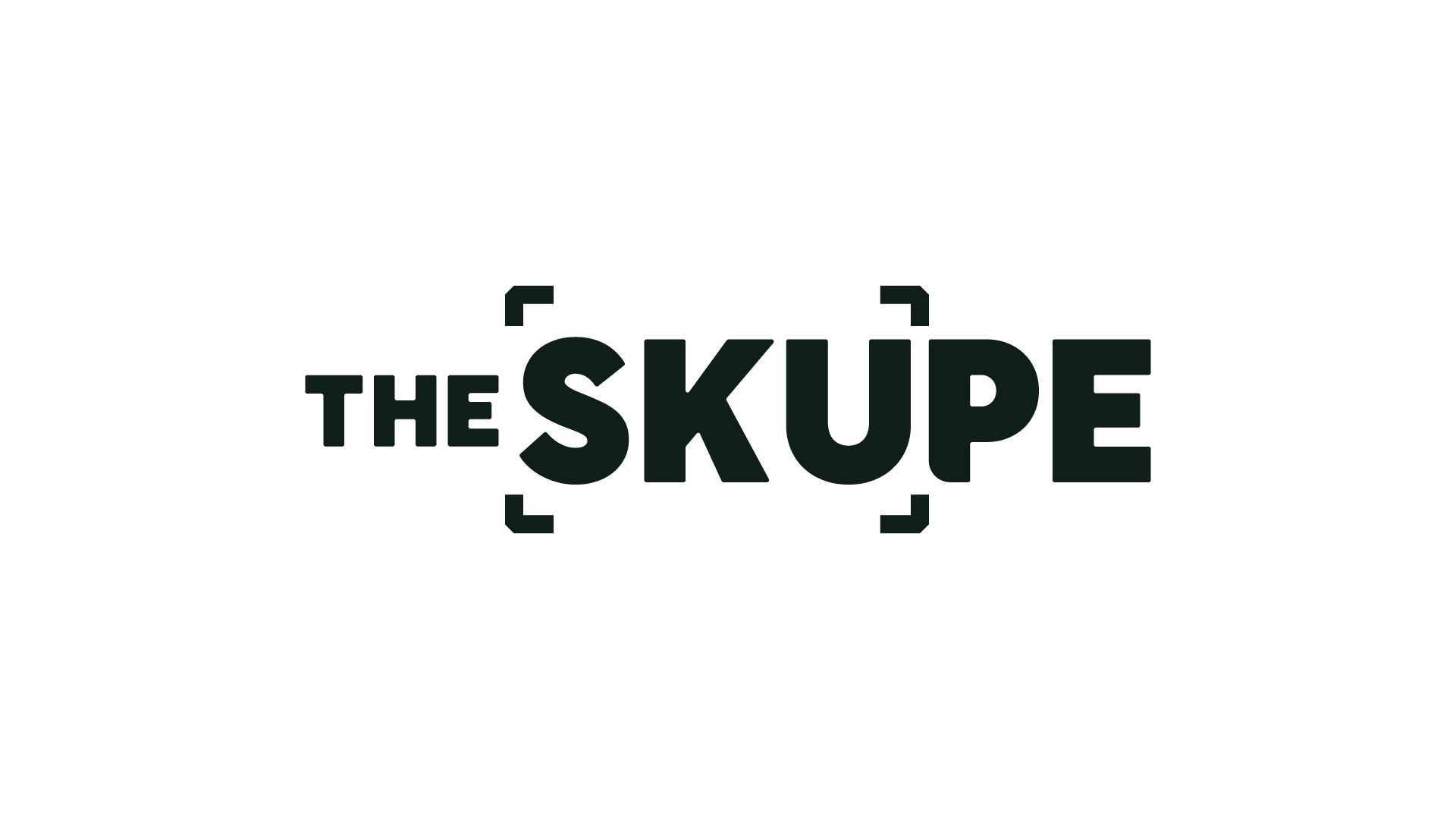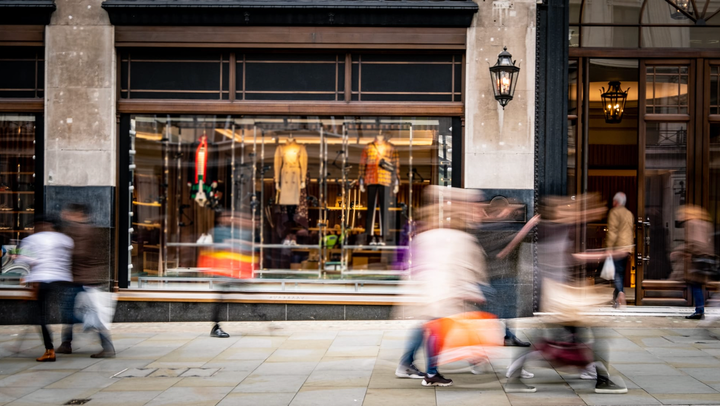These cities are top picks for new retail businesses
Plus: JoAnn Fabrics is out—local reuse centers are filling the gap

Is the beauty bonanza real? Hailey Bieber’s Rhode acquisition by e.l.f. Beauty for $1B most certainly is. But it’s far from the norm. In fact, fewer than 30 people have made more than $380M from a beauty business, so we looked at a more realistic scenario. Also this week, Pride Month promos get toned down in the wake of DEI walkbacks, and a social media star’s cautionary tale shows AI’s darker side. And for those mourning the closure of JoAnn Fabrics, creative reuse centers are here to fill the void. We spoke to one artist who’s using the retail-meets-nonprofit model to enrich her local community. Let's get started.

Wounded Pride. Retail chains and brands go quiet instead of splashy for Pride Month.
Legal action. Skechers shareholder sues sneaker brand for details of its $9.4B buyout.
That’s baller. CNBC Sports’ “Curry Inc.” explores how the NBA star left Nike for Under Armour.
Map it. These large cities are where it’s at for starting a business.
Off Target. How the big box chain got off track and its turnaround plans.


Art project: Creative reuse centers emerge as sustainable resource for crafty consumers
Emily Dake is one of three artists/designers who founded Cincinnati’s arts-and-crafts thrift store Indigo Hippo a decade ago. Passionate about creativity, community and environmental sustainability, they adopted the business model of “creative reuse centers” that operate as nonprofits. With the rise of resale and closure of JoAnn Fabrics, local resources like Indigo Hippo are stepping up to fill the void. Here are Dake’s takeaways for SMBs looking to get involved in their creative communities, either by donating excess inventory or hosting events in-store. –Marcy Medina
Please describe your business model and your customers.
Our shop, a pay-what-you-can "thrift store for art supplies," is for everyone! We mostly see local artists, art students, other nonprofit program leaders, parents with kiddos, crafters and neighborhood folks. We developed our pay-what-you-can system in our second year of existence (we are now 9+ years old), and we value all donations at about one-half to one-quarter of their original retail value, and then offer those materials back to our community in sliding scale pay-what-you-can ranges. Our lowest range is 5 cents to $1, so you can really get quite a bit of creative materials for an affordable range! Since we are a 501(c)(3) nonprofit, and also pay-what-you-can, all proceeds go right back into our mission of providing this resource of accessible creative supplies and low-barrier artist opportunities.
How can people find creative reuse centers and how do you market to your local community?
Creative Reuse Centers have existed all over the world for more than 30 years, and in the last 10 years we've seen lots of reuse centers and stores pop up. We have a directory on our website that lists all the other reuse centers we know about across the nation, and we're always adding to it. Word of mouth is our biggest way of spreading the word, and we also share our happenings and store offerings on our social media, namely Instagram, and through a community newsletter.
Any tips for other small businesses who want to support the creative arts?
You don't have to have everything figured out to get started. Part of growing a resource that speaks to and serves your community includes listening to what folks need and want in terms of resources, and of course, some trial and error! We are a team of artists and still a smaller organization, and we love to highlight the individual ideas and voices of our team, volunteers, and customers, which always keeps things weird and fun.
With resale gaining traction, have you noticed an uptick in your business?
We haven't seen any dramatic shifts in business, although we have had a steady increase in business over the last few years as the topic of reuse has gained more popularity and people have become more concerned with incorporating environmental sustainability into their way of living. We have also recently been a part of a lot of resource sharing around fabric options now that JoAnn Fabrics is closing, a store which has been many sewists' "go-to" for fabric materials and supplies.
What's one thing you are excited to try in the store this summer?
Our storefront also features a gallery space, and this summer and fall we have a couple exciting gallery shows coming up, featuring solo shows for two local artists. These will accompany some creative workshop offerings, and we also have a few free crafting pop-ups planned for our neighborhood kids. In the shop, summertime is an exciting time to feature what's possible with some of the weird and wonderful creative reuse goods that come through our doors, and we're looking forward to more storytelling and inspiration sharing for our community.
Above: Inside Indigo Hippo (Courtesy)

Hailey Bieber joins elite list of beauty moguls with $1B Rhode deal
When e.l.f. Beauty acquired Hailey Bieber’s beauty brand Rhode last week for $1 billion, the model mogul became the latest celebrity to get even richer from a beauty venture. (Kim Kardashian and Rihanna are two others you may know.) But the list of people who’ve made fortunes of more than $380 million in the beauty industry is smaller than you may think—26 to be exact. They own companies like LVMH, L’Oreal, Chanel and Estée Lauder and conglomerates that produce the bulk of brands at the drugstore and Sephora.
Why this matters: It’s not common to get ultra-rich solely from the beauty industry. Most of the individuals on the list also generate wealth from other sources like the apparel or music industries or a good old inheritance. Even for common folk, it’s a reminder to diversify your income instead of putting all your eggs in one basket. (Forbes)
DTC expert shares a realistic model for beauty brand growth
Direct-to-consumer brand forecaster Nishi Shah is setting the record straight: billion-dollar exits are not the norm in the beauty industry. In eight years, she’s never worked for a brand that’s made that much in its first year, nor one that’s broken $5M in sales. The most common mistake founder-led DTC beauty brands make is not spending enough on advertising. She recommends 30% to 50% at the get-go. She breaks down the working media spend for a hypothetical company, common misconceptions and how to stay on track.
Why this matters: Expect to be in the red for the first two years and break even in year three. From there, you can accumulate profits, but only if you’re reinvesting in the right distribution channels, including Amazon and subscriptions. Another common mistake is not budgeting enough to verify your product’s claims or to account for operational or supply chain costs. (Beauty Independent)

Jonathan Anderson to lead women’s, men’s and haute couture at Dior
LoveShackFancy, Cotton Inc. kick it with Dallas Cowboys cheerleaders
Clare V.’s president reacts to tariff whiplash live on national news
Why brands want you to get emotional
What New York’s new retail worker safety laws mean

It adds up: 5 entrepreneurial lessons from a former EY accountant
Entrepreneur and investor Joshua Lee spent the first 13 years of his career as an accountant for Ernst & Young (EY) before leaving to start his own business. The five takeaways from his time at one of the Big Four were surprisingly not all about the numbers. Take calculated risks, prioritize family, focus on the people who matter, read more and be adaptable. Not surprisingly, he’s good at breaking things down in a straightforward manner.
“Former senior partners at EY gave me this framework early on: 80% of people will love you, 15% are undecided, and 5% just won't, no matter what you do or say. Focus on that 15% and try to win them over. Don't forget to nurture the 80%. But stop losing sleep over the 5%." –Joshua Lee, entrepreneur and investor
Why this matters: More businesses are starting to talk about the “soft” skills that matter as much as the hard skills and the numbers. Success isn’t predicated solely on spreadsheets. Data-informed decision-making and budgeting are critical for every SMB, but so is knowing who to prioritize and expanding your mind by picking up a good book. Read his full column in Business Insider.

What happens when social media influencers get entangled with AI? Mixed results
Snapchat star Caryn Marjorie has such a legion of adoring followers that she decided to enlist AI to help her stay in touch with all of them. She created an avatar called Caryn AI and charged her followers $1 per minute to chat with the bot. She made $70,000 the first week, but going over the digital records she discovered the bot was giving harmful advice and spreading false information. Meanwhile, “AI native” influencers named Imma and Aitana have spawned an economy of human managers and agencies who get them brand deals and profit from their digital personas.
Why this matters: Marjorie is a cautionary tale of what happens when social media stars get in too deep with AI. And Imma and Aitana may be coming for creators’ jobs, but they’re also generating other jobs for humans–as their managers. At least it’s only the humans who need the actual salaries. (ABC News)

Thanks for reading this week's edition!
You can reach the newsletter team at theskupe@mynewsletter.co. We enjoy hearing from you.
Interested in advertising? Email us at newslettersales@mvfglobal.com
The SKUpe is curated and written by Marcy Medina and edited by Bianca Prieto





Comments ()